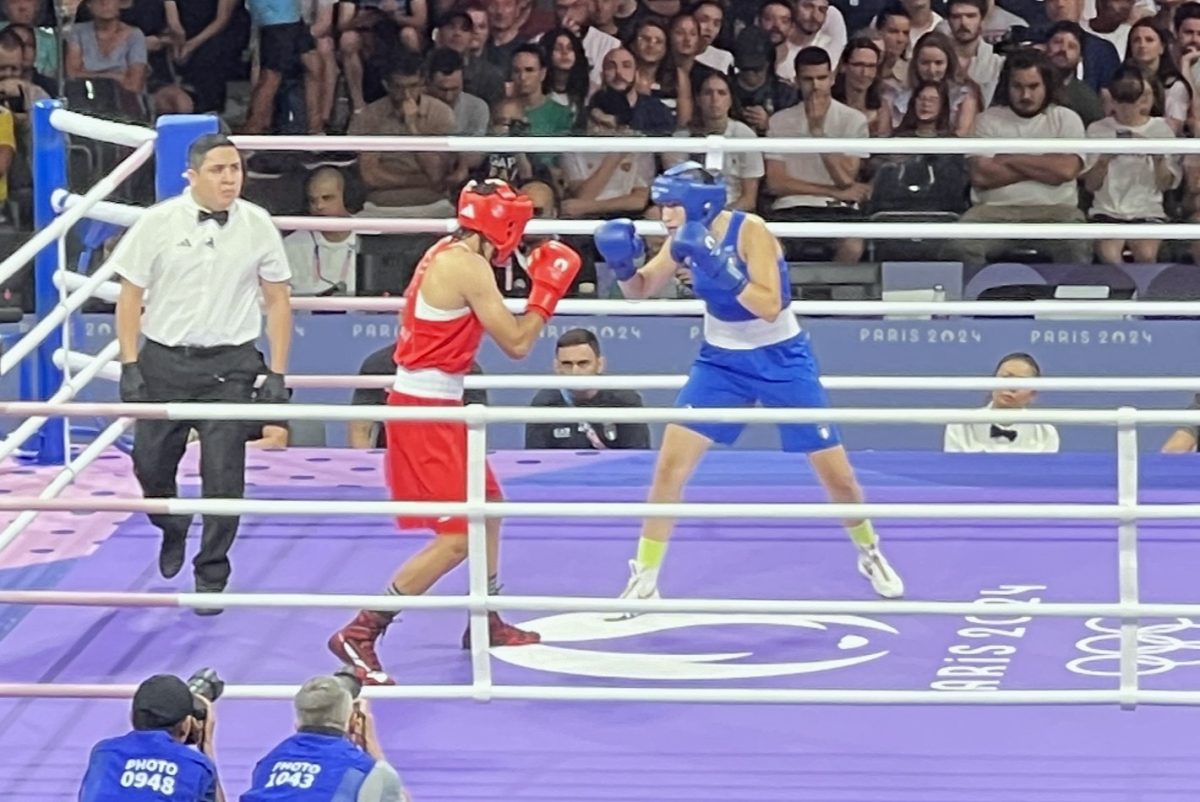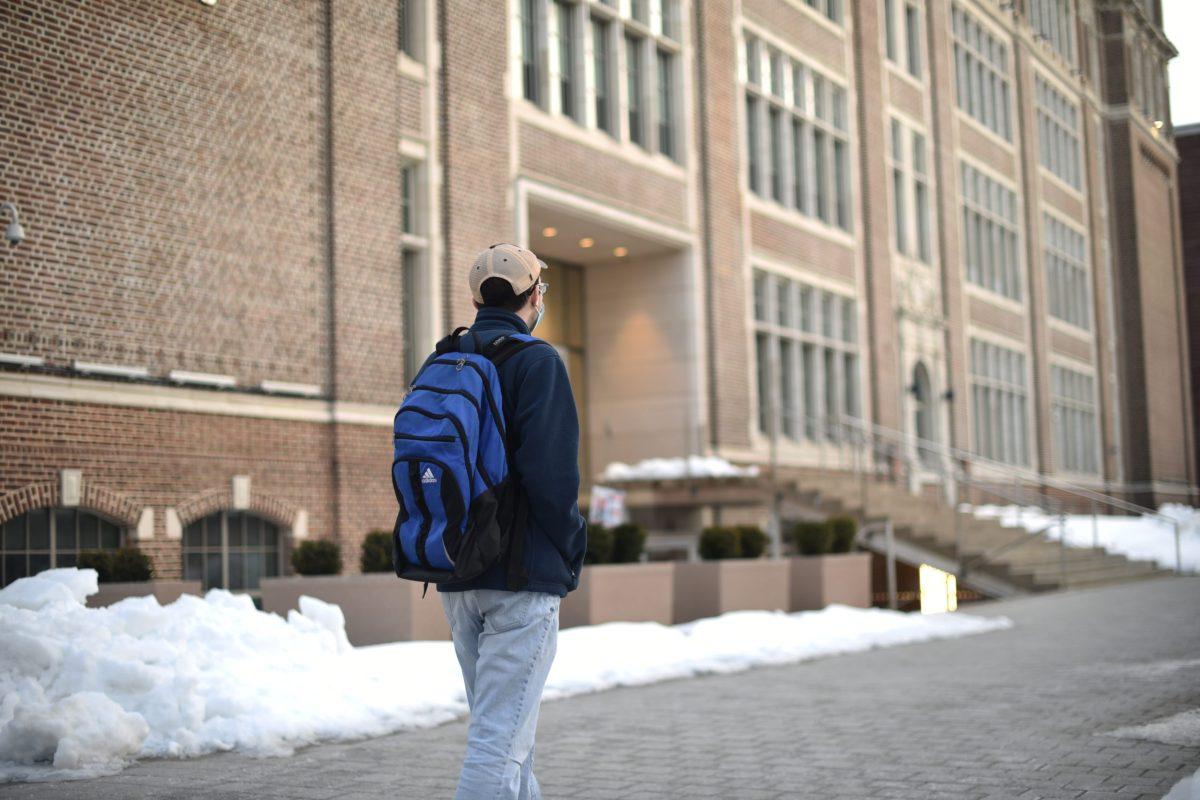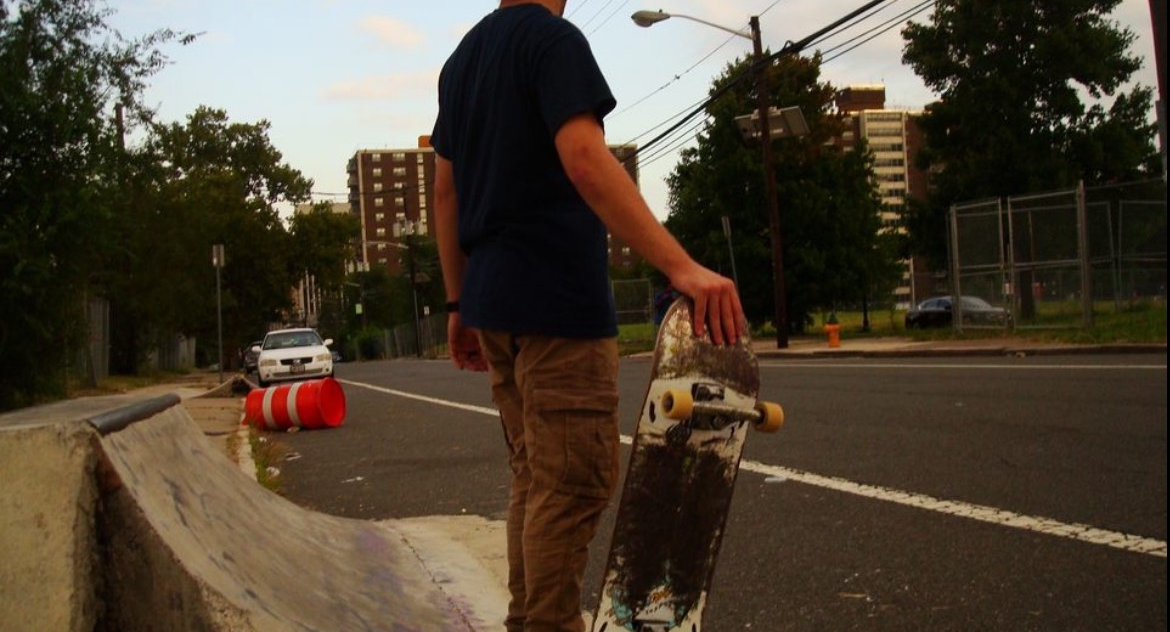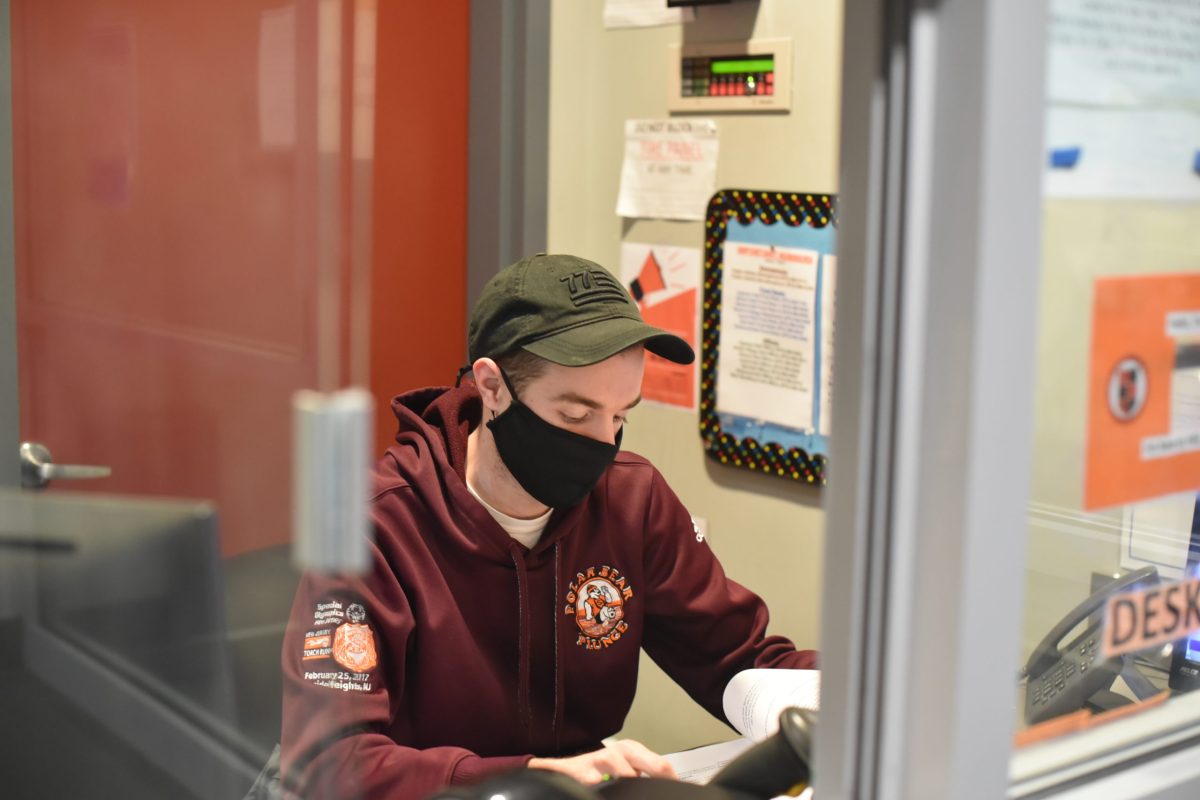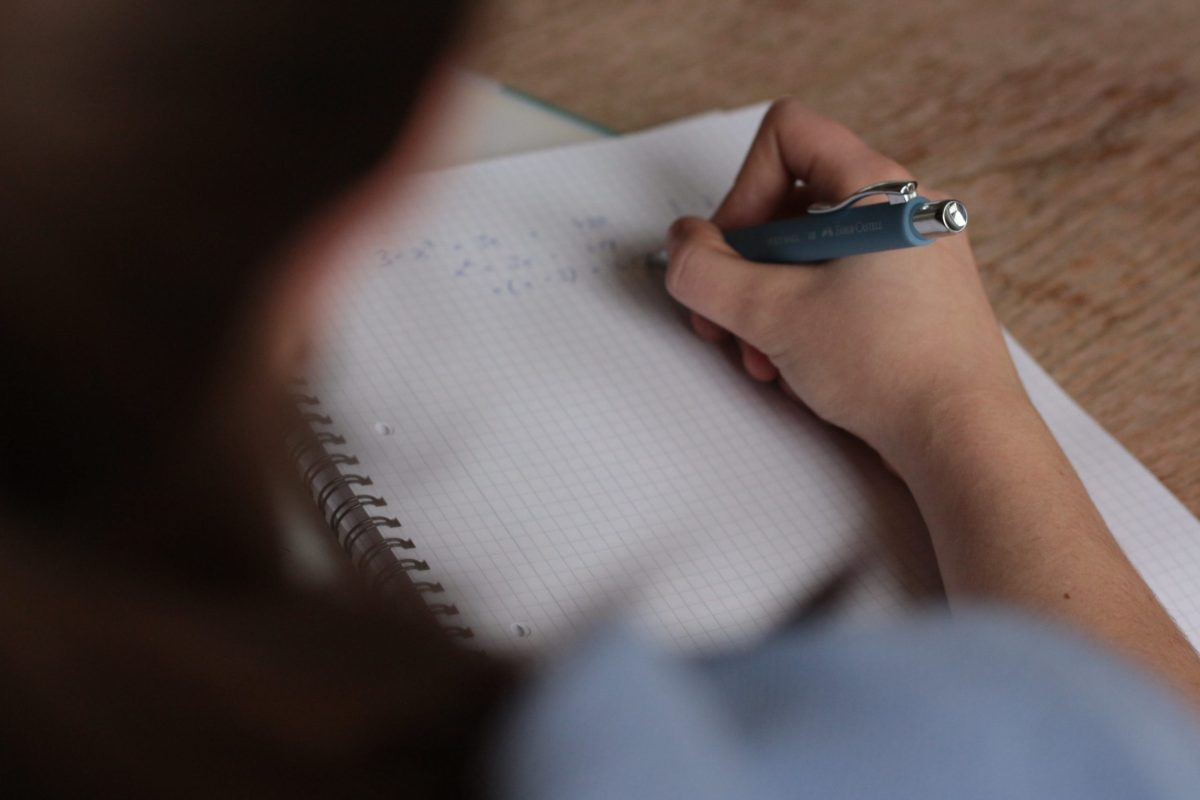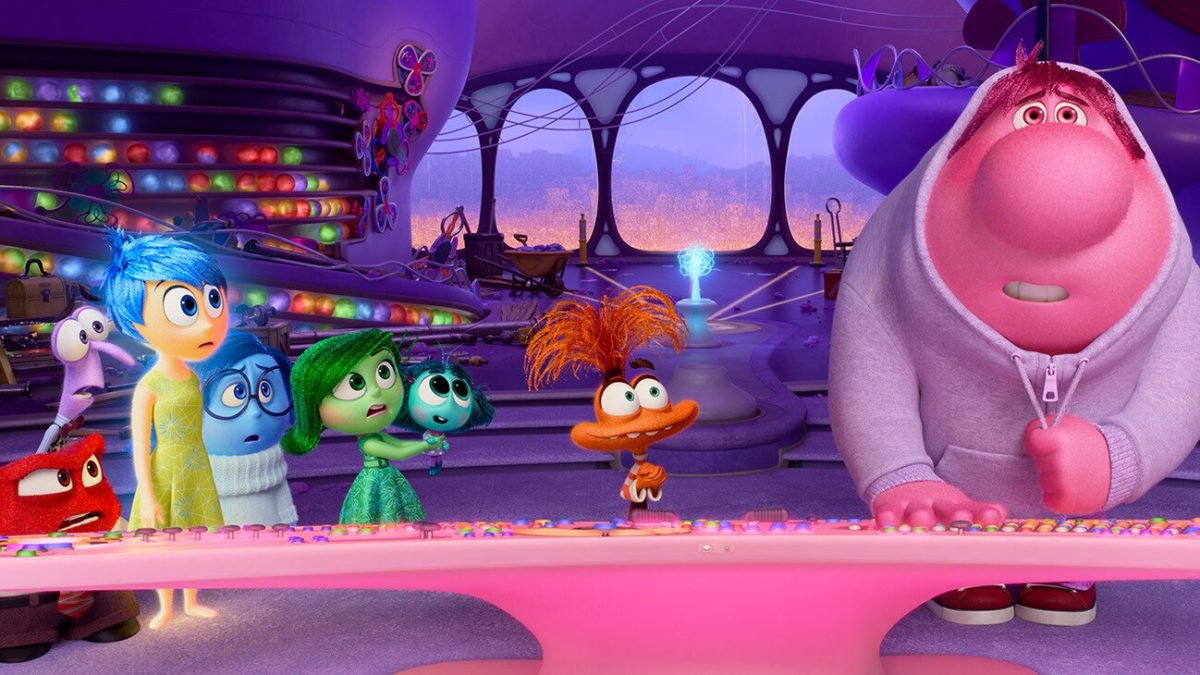On the night of October 23, 2018, it was anything but quiet in the Littman Library.
Indeed, the College of Architecture and Design’s library was bursting with playful, graceful, and downright powerful music as they celebrated their fifth year of “Music in the Library” with the Vramensco Quartet. The event was made possible by alumni Aris and Josh Lindemans, both of whom are dedicated educators and licensed architects who have supported the library for many years. Student Charbel Sarkis at the College of Architecture and Design designed posters to help advertise the event.
Organized by Maya Gervits, the director of the Littman Library, the Vramensco Quartet, composed of violinists Robert Radcliff and Aurora Mendez, violist Jordan Fusco, and cellist Paul Vanderwal, played Franz Schubert’s String Quartet in G major, No. 15 and the second movement of Robert Schumann’s String Quartet in A major, Ep. 41, No.3. As Radcliff explained, Schubert and Schumann essentially established the Romantic Era, “pushing the musical envelope of tonality, of progressions, of extended form, and what was and wasn’t acceptable in the concert hall.” Cellist Peter Vanderwal further explained that the quartet was just beginning to dive into pieces from the Romantic Era, similarly pushing their own interpretations of the pieces.
The music was alive. Each measure presented a contrast of emotions between each musician. In Schubert’s first movement alone, the audience experienced a transition from soft, graceful chords and sustained silence, to “upper strings of the violins fighting against the lower strings towards the end for a counter clash of tonality,” as Radcliff explained. The same contrasting themes continued through the rest of the program, whether in Schubert’s thunderous improvisatory writing, big block chords and running scales contrasted to a tranquil cello solo, or in Schumann’s movement, wrought with emotions from suffering in his life. The music was simply beautiful.
When asked about their experience in playing these pieces, Vanderwal noted that Schumann and Haydn both liked “to throw melody lines in between the voices from measure to measure.” From these challenges stem the group’s strong connection. As violist Fusco explained, each had to be “extremely aware of watching the music and playing one’s part, but also for what everyone else is doing. If someone deviates, one must in an instant change to the attitude of the other instruments.” Inspired by multiple interpretations of the same pieces, the four musicians, each with a specific role, were aware of one another’s changes in dynamics, tempo, or mood, transforming the quartet’s music into one being.
But what inspired the event? Gervits explains that all students, especially those studying art and architecture, should be able to apply what they are learning and their projects to a cultural context. Learning the historical context is extremely valuable, as music, art, and politics all within one time period may significantly influence one another. Such is the case with Schumann, who lived and worked at the same time as architect Gottfried Semper. Beyond that, as Gervits simply puts it, “music is just a source of pleasure, unconditionally.”














